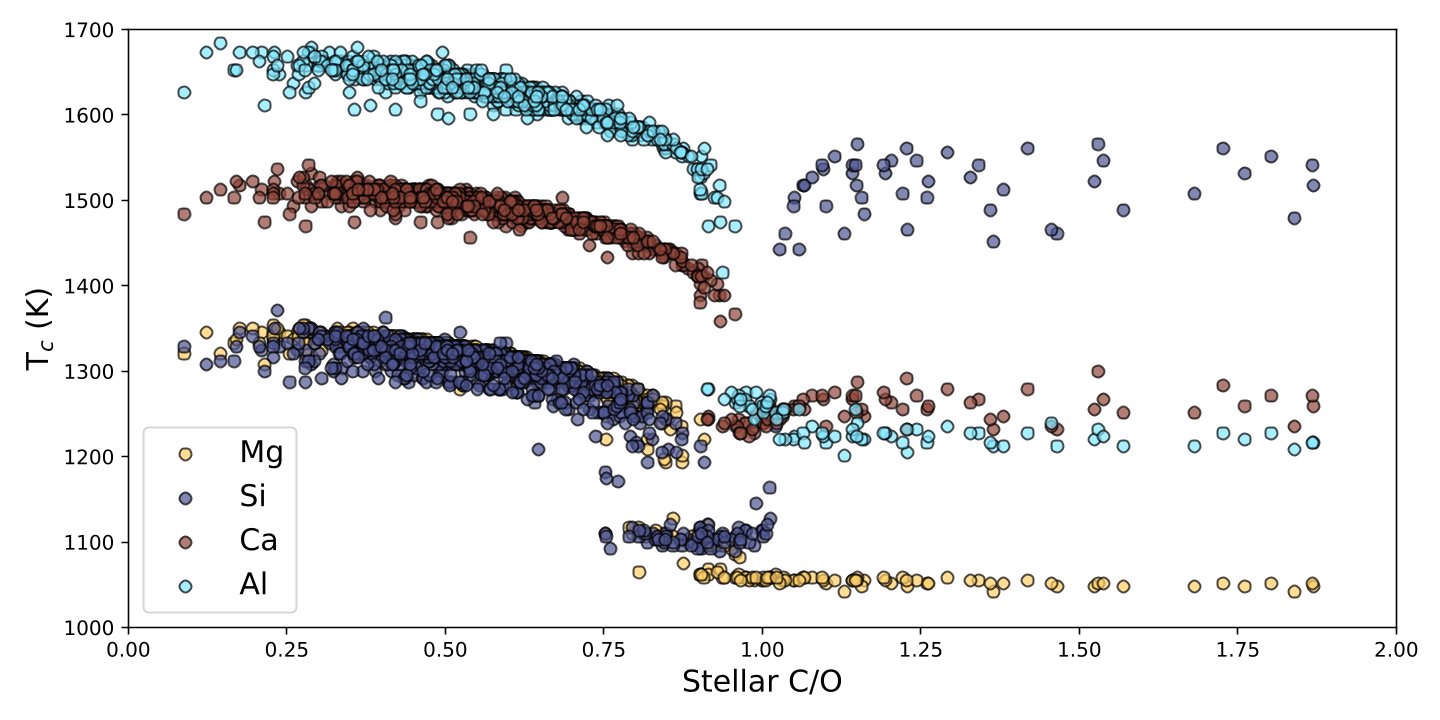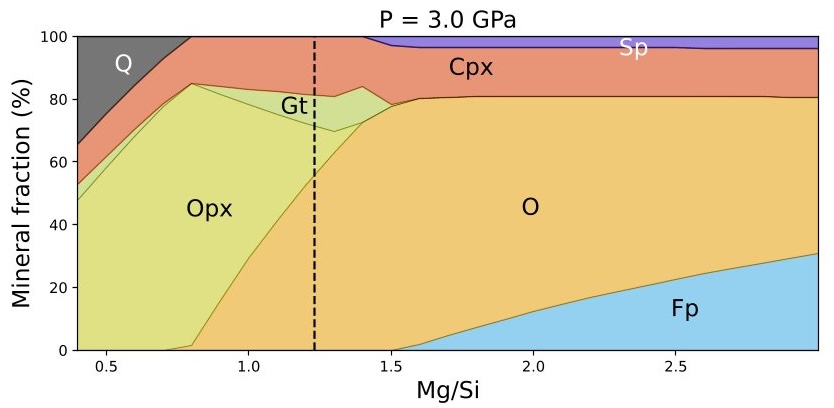EXOA9
Exploring the chemical foundations of rocky exoplanets
Orals THU-OB5
|
Thu, 11 Sep, 15:00–16:00 (EEST) Room Mercury (Veranda 4)
Orals FRI-OB2
|
Fri, 12 Sep, 09:30–10:30 (EEST) Room Mars (Veranda 1)
Posters THU-POS
|
Attendance Thu, 11 Sep, 18:00–19:30 (EEST) | Display Thu, 11 Sep, 08:30–19:30 Finlandia Hall foyer, F196–201
Session assets
Exoplanet compositions
15:00–15:12
|
EPSC-DPS2025-162
|
On-site presentation
15:12–15:24
|
EPSC-DPS2025-1771
|
On-site presentation
15:24–15:36
|
EPSC-DPS2025-697
|
On-site presentation
15:36–15:48
|
EPSC-DPS2025-1612
|
ECP
|
On-site presentation
Exoplanet dynamics
15:48–16:00
|
EPSC-DPS2025-635
|
On-site presentation
Exoplanet dynamics - continued
09:30–09:42
|
EPSC-DPS2025-1367
|
On-site presentation
09:42–09:54
|
EPSC-DPS2025-1714
|
ECP
|
On-site presentation
10:21–10:30
Discussion - Paths Forward
Geoastronomy posters
F196
|
EPSC-DPS2025-245
|
On-site presentation
F197
|
EPSC-DPS2025-1934
|
On-site presentation
F198
|
EPSC-DPS2025-1923
|
On-site presentation
F199
|
EPSC-DPS2025-283
|
On-site presentation
F200
|
EPSC-DPS2025-920
|
On-site presentation
F201
|
EPSC-DPS2025-1319
|
On-site presentation


